Traditional Indian embroidery styles incorporate different forms of craftsmanship, such as Zardosi, Zari, Chikankari, Kantha, Phulkari, and many more! Let us talk about two renowned embroidery works: Chikankari and Kantha embroidery.
Chikankari and Kantha are both traditional hand-stitched embroidery styles that are widely favored. Chikankari is a traditional Lakhnawi (belonging to Lucknow, a city in Uttar Pradesh, India) embroidery that originated in the Mughal era. Kantha is a traditional embroidery style in West Bengal (an Indian state) and Bangladesh.
What is Chikankari Embroidery?
Chikankari is a Lakhnawi embroidery style that originated in the Mughal era. The word ‘Chikankari’ translates to ‘embroidery work’. “Chikan-” is derived from the Persian word “Chikeen.” Chikankari is also called shadow work because the embroidery is done on the back of the fabric, creating a shadow effect on the front. Traditionally, the Chikankari work was created with a thread on mulmul cloth (fine muslin cloth). The Mughal architecture influenced the design and patterns of the Chikankari work.
This hand-stitched artistic design and craftsmanship has been around for over 200 years. More than 5000 families are involved in making the embroidery. Even after the fall of the Mughal dynasty, the Nawabs of Lucknow kept this delicate craft alive, ensuring its legacy endured. The artisans are based in Lucknow’s remote villages; they belong to the local Muslim community. About 90% of the Chikankari work is done by women, contributing to women’s empowerment.
What is the origin of Chikankari?
There are several stories about how Chikankari traveled to India. One of the famous stories is about Queen Nur Jahan, the wife of Mughal Emperor Jahangir. Queen Nur Jahan brought the work of Chikankari, and the beautiful artistic art form flourished during the Mughal era gaining widespread popularity.
Another story is about a poor peasant offering water to a thirsty traveler. Delighted by the peasant’s kindness, the traveler taught the poor peasant the skill to ensure they would never go hungry.
In 2008, Chikankari got the Geographical Indication (GI) Tag. This GI tag promotes 400-year-old art and its artists internationally with the trust of genuine artwork manufacturing and marketing.
Types of Chikankari Stitches
Chikankari is made either by hand or it can be done by machine as well. Handcrafted Chikankari is expensive, with loose stitches on the backside of the fabric, while machine-made Chikankari has flat, tight, and direct stitches. Handmade Chikankari is generally pricier, while machine-made versions are more affordable and accessible to those who love the style but find the handmade versions too costly.
There are more than 30 designs and stitches in Chikankari. Let us see the most basic designs and stitches in Chikankari.
- Jaali/Net Stitch: Jaali Stitch/Net Stitch is a type of stitch where the mesh-like style is formed without cutting the threads of the fabric.
- Bakhiya/Shadow work: Bakhiya stitch is a style in which stitches are made from the back of the fabric, creating a shadow-like effect in the front.
- Hool/Detached Eyelet Stitch: Hool style is used to make flower center designs, where a hole is made in the fabric and stitches pull the threads apart to make the petals of the flower.
- Phanda/Knot Stitch: Phanda are typically French knots that are tied like tiny beads, shaped like millets.
- Murri/Rice Grain Stitch: Murri is the finer version of Phanda, where the knots are elongated to give it an appearance like rice grain.
- Keel Kangan/Stem Stitch: Keel Kangan stitch is a curved stitch to make designs of stems, leaves, and vines for flowers.
- Rahet/Darning Stitch: Rahet is a stitch to fill the designs, such as leaves, flowers, etc., to give the design a more elevated and finished look.
- Tepchi/Running Stitch: Tepchi stitch is used to make borders and outlines for the designs. It is a straight-line stitch.
What is Kantha Embroidery?
Kantha embroidery is a centuries-old traditional art majorly found in West Bengal, India. ‘Kantha’ means a ‘patched cloth’ or ‘quilt.’ The word is derived from the Sanskrit word ‘Kontha’ meaning ‘rags’.
Kantha embroidery is a style of needlework that involves stitching together layers of old cloth using a running stitch. Kantha embroidery traditionally used cloth like dhotis, sarees (traditional Indian clothing), etc. The design in a running stitch is the basic block for the design.
Kantha Origin.
This embroidery style originated as a way for rural women in West Bengal centuries ago to repurpose old textiles, making it both a sustainable and artistic tradition. This artistic form repurposes old clothing, upcycling the old fabric to make bedsheets, mats, rugs, pillow covers, etc.
This style of embroidery was formed where women would layer old sarees or dhotis and stitch them together with the Kantha technique—running stitch—and make blankets out of it for winters. Further, this form developed in women’s handcraft, where a mother would teach her daughter the technique of Kantha. Traditionally, women used to write their stories in the Kantha work.
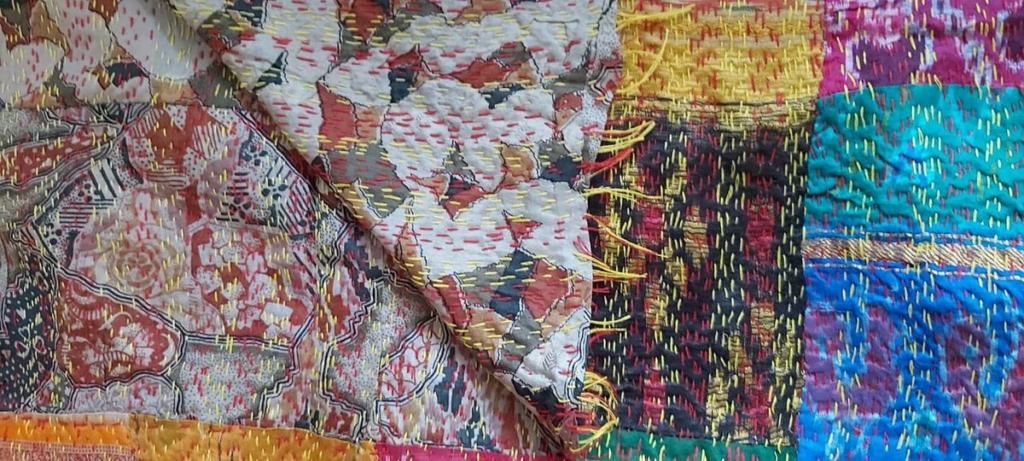
Types of Kantha Work.
Commonly the designs used for the Kantha embroidery were fish, peacocks, lotus, trees, elephants, and temples. These designs were colored with typical thread colors like red, blue, black, and green.
Kantha designs were usually inspired by daily life and nature. These designs had motifs. Let us discuss the types of Kantha work first, then the design’s motif.
- Lep Kantha: This style was the most basic style Kantha used to make bedding and blankets with the running stitch.
- Sujini Kantha: This style was embroidered for wall hangings with picturesque designs as decoration.
- Baiton Kantha: A square embroidered clothing to cover valuables or books.
- Rumal Kantha: A small squared piece of cloth, mainly handkerchiefs.
- Nakshi Kantha: Traditionally, Kantha had basic designs that later developed into elaborated patterns called Nakashi Kantha.
- Durjani Kantha: The center and the border are embroidered with a beautiful lotus design.
- Arshilata Kantha: This design was used to create large, detailed pieces such as quilts. Designed with leaves, flowers, and vines.
Motif of Kantha Style
- Tree Motifs: A simple tree symbolizes nature, life, prosperity, and fertility. It is called “the tree of life.”
- Lotus Motifs: Lotus has significance to the Hindu goddess Laxmi. Lotus embroidery signifies her and money and prosperity, as Goddess Laxmi is the Goddess of money. It also symbolizes the eternal order and the union of earth, water, and sky.
- Fish Motifs : Fish are an essential staple food in West Bengal (near the Bay of Bengal). So fish is considered auspicious and important in traditional rural life.
The Embroidery Process of Chikankari & Kantha
The making process of Chikankari embroidery:
First, the process begins with the fabric selection for the cloth. Examples are cotton, silk, georgette, chiffon, net, etc.
Then the second process begins with block printing/stamping. The stamp designs are selected. Then, with the help of ink, the design impression is printed on the fabric. The ink is mixed with glue so the stain won’t mess up and the artists can work on it. Since the process takes longer, it is necessary for the stain to stay.
The third process is the handwork of the artists. It takes about 1 or 1 and a half months to complete the embroidery of one Chikankari kurta. Three months for a saree. This is the reason why the GI tag Chikankari is pricier.
In the next process, the dyes are washed in the laundry. Then the washed pieces dried naturally in the air so the threads wouldn’t be damaged.
The last step involves ironing and finishing the final product. Then it is ready to be supplied in the market.
Chikankari takes a lot of effort. Lots of people put hours and days into making this artistic work. Keeping alive hundreds of years of traditional artwork. If the embroidery is damaged even in a smaller spot, the artists remake the defective area. Making sure the high-quality product reaches us.
The making process of Kantha embroidery:
Kantha work is a centuries-old artistic style. Nowadays, Kantha style is not only used in bed coverings or rags; it is also seen in apparel, homeware, accessories, and so on.
Let us have a look at how traditional Kantha embroidery originated as household needs in the form of bedding and blankets.
The first step involves layering old clothing such as sarees or dhotis. Then start to stitch them in a running stitch to attach all the layers. And voila! Now we have a warm, sustainable, and artistic blanket.
Still, this craft is practiced by older generations. They use old fabrics to create artistic decorations and useful items, leaving behind a traditional legacy to remind us of them.
Now, let us see the modern use of Kantha embroidery.
The first step involves design creation. The design is drawn on the paper. Then the second step is tracing the drawing on the fabric. The last step of Kantha work is the hand stitch of the artists. And that is how we get a beautiful, simple yet elegant embroidery style.
Modern-day Embroidery Clothing
In the contemporary world, embroidery is highly valued. To stay in line with modern trends, artists incorporate contrasting-colored threads and create innovative patterns. New ideas are brought into the world of manufacturing and designing.
Chikankari was reserved for the royals in the beginning. But today, Chikankari is available for everyone. Unlike Chikankari, Kantha was never a royal art form or a commercial activity. It was a form of expressing the stories of women and became women’s handcraft. Now, Kantha has thrived in the commercial world. Both the embroidery styles endured the challenges of colonization and have revived, and continued to thrive in the Indian Culture.
Styling of Traditional Embroidery in Modern Way
Modern styling emphasizes versatility and comfort, allowing for various embroidery designs, including Chikankari and Kantha. One can choose a Chikankari Kurta or a Kantha Kurta to embrace this timeless artistry.
How to Style an Embroidery Kurta
For Women:
Embroidery Kurti (Women’s top is called Kurti and Men’s is called Kurta) designs can be incorporated into casual, and formal styles.
Talking about casual, One can style Kurti with jeans sandals, and some chic Indian jewelry giving the Bollywood’s ‘IT’ girl look.
As for a formal look, one can style the Kurti with straight-line pants either the same color (copying a monochrome look) or a contrasting color (looking for a bold look). Pairing it with a Dupatta and some light jewelry. Heels will complete the look.
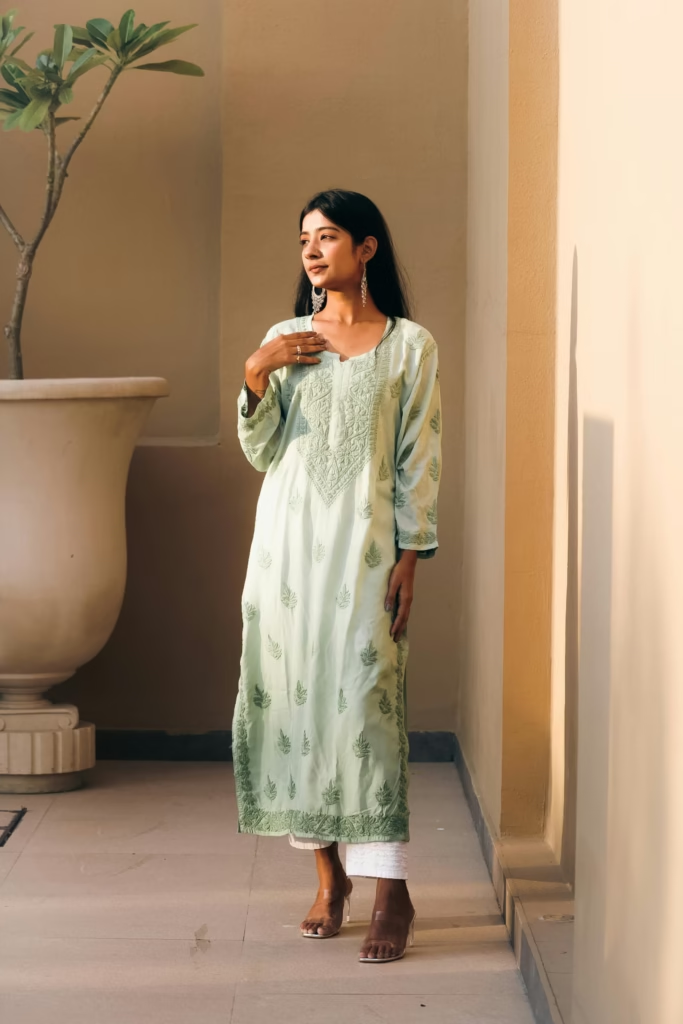
For Men:
Men can style embroidery Kurta with straight pants or churidar underneath the Kurta. Looks are elevated with a wristwatch and mojari for men. With a proper haircut, the look is enhanced.
Conclusion
Kantha and Chikankari origin are poles apart. But today both artistic forms are valued and cherished. Where Chikankari is art from Lucknow, Kantha is art originated from Bengal (after the 1947 partition, Bengal was divided into two. One in West Bengal in India and another part that became East Bengal, today known as Bangladesh). Both the embroidery works left the trails of history. Chikankari traveled to India for royalties, and Kantha originated for lifestyle by women. This embroidery art form not only survived with time but also adapted to modern forms.
Chikankari and Kantha embroidery are not only embroidery work, it reflect India’s rich craftsmanship and cultural heritage. Despite challenges such as mass production and machine-made alternatives, handcrafted embroidery remains irreplaceable, carrying with it the stories, traditions, and legacies of artisans. Whether it’s a delicately embroidered Chikankari kurta or a beautifully stitched Kantha saree, these pieces are not just garments—they are a tribute to centuries of craftsmanship, artistry, and cultural expression.
For further reading on the significance of Stepwells, you can visit these useful resources:
Check out our Blog Page on Traditional Indian art.

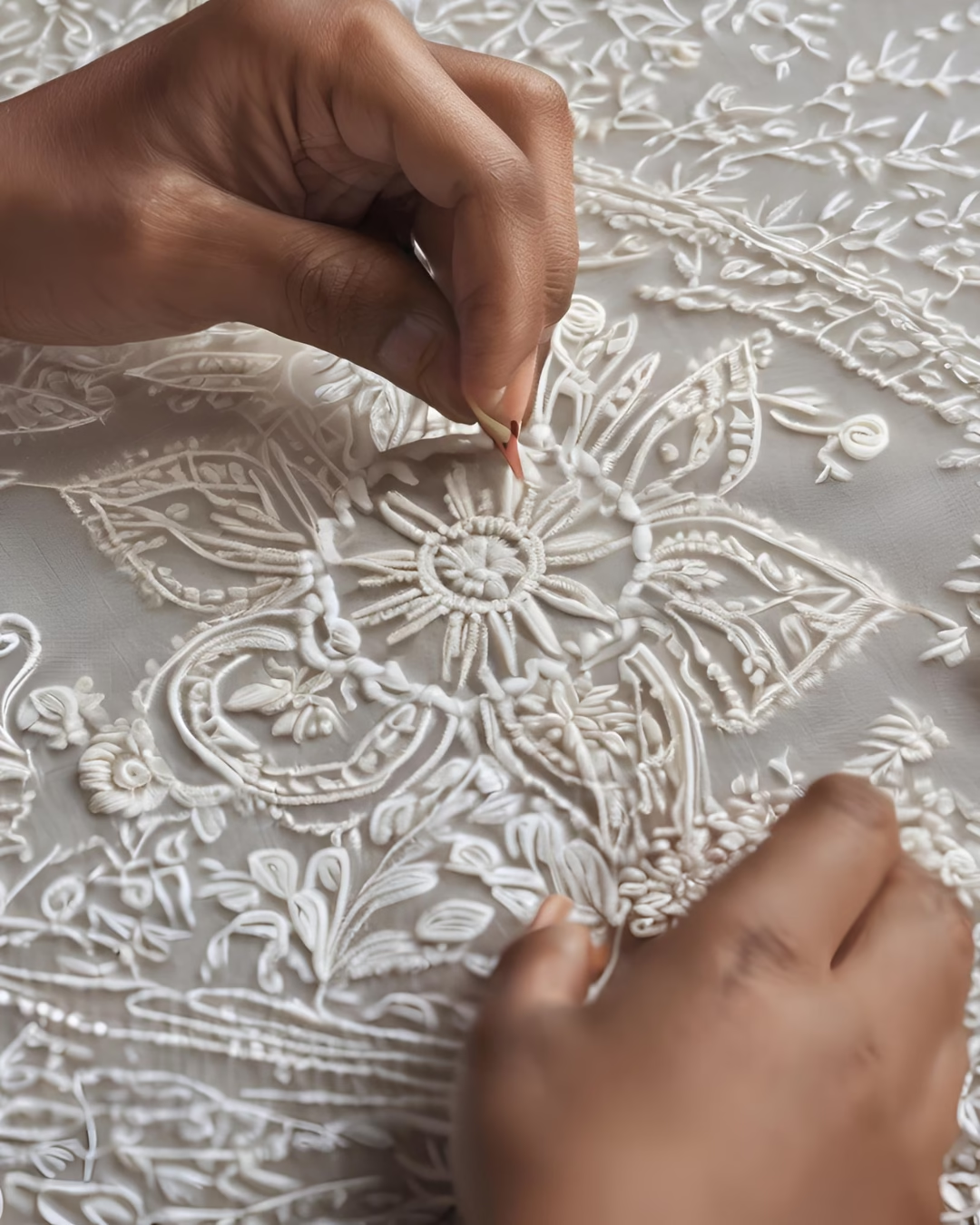
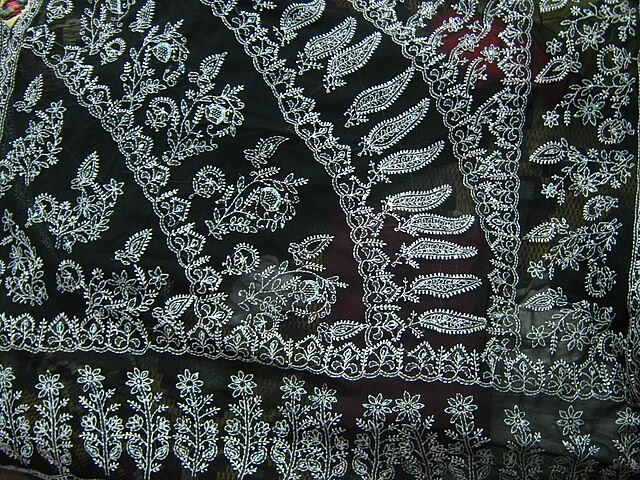
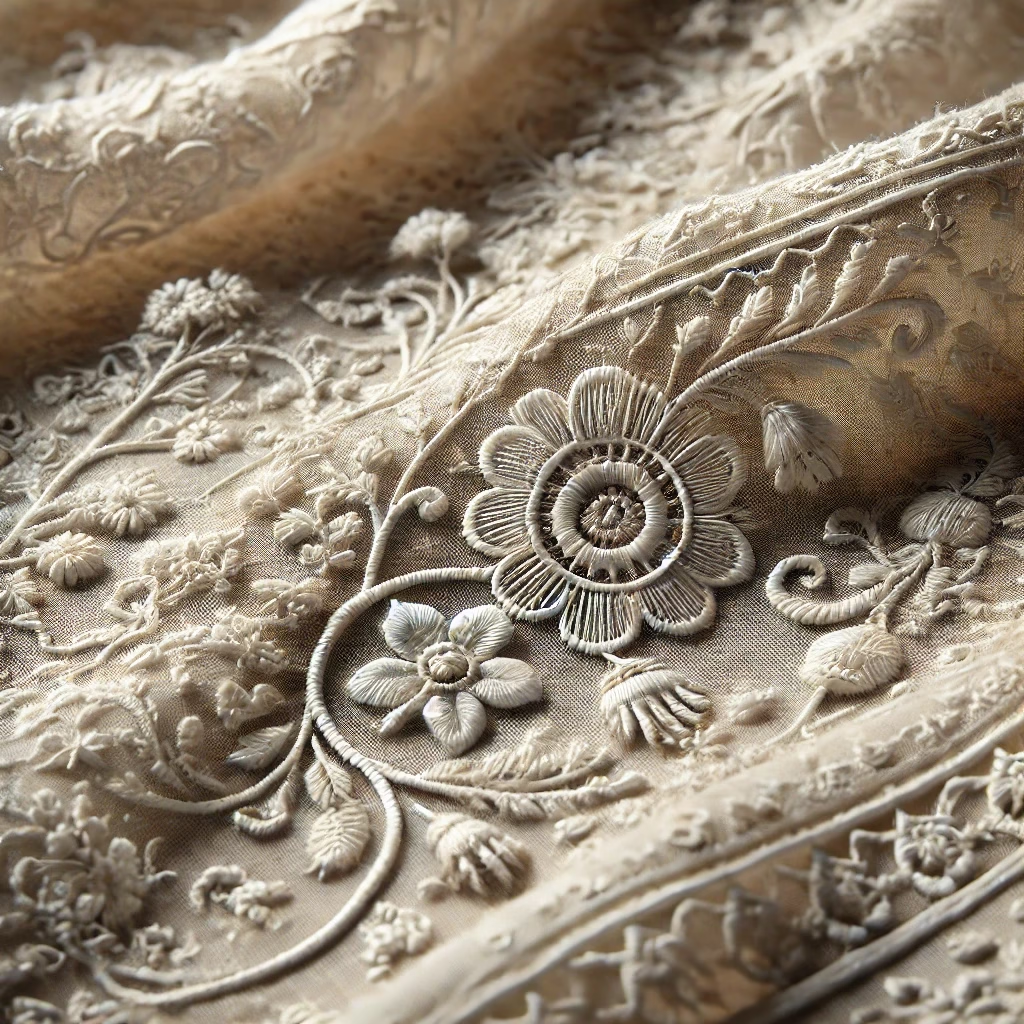
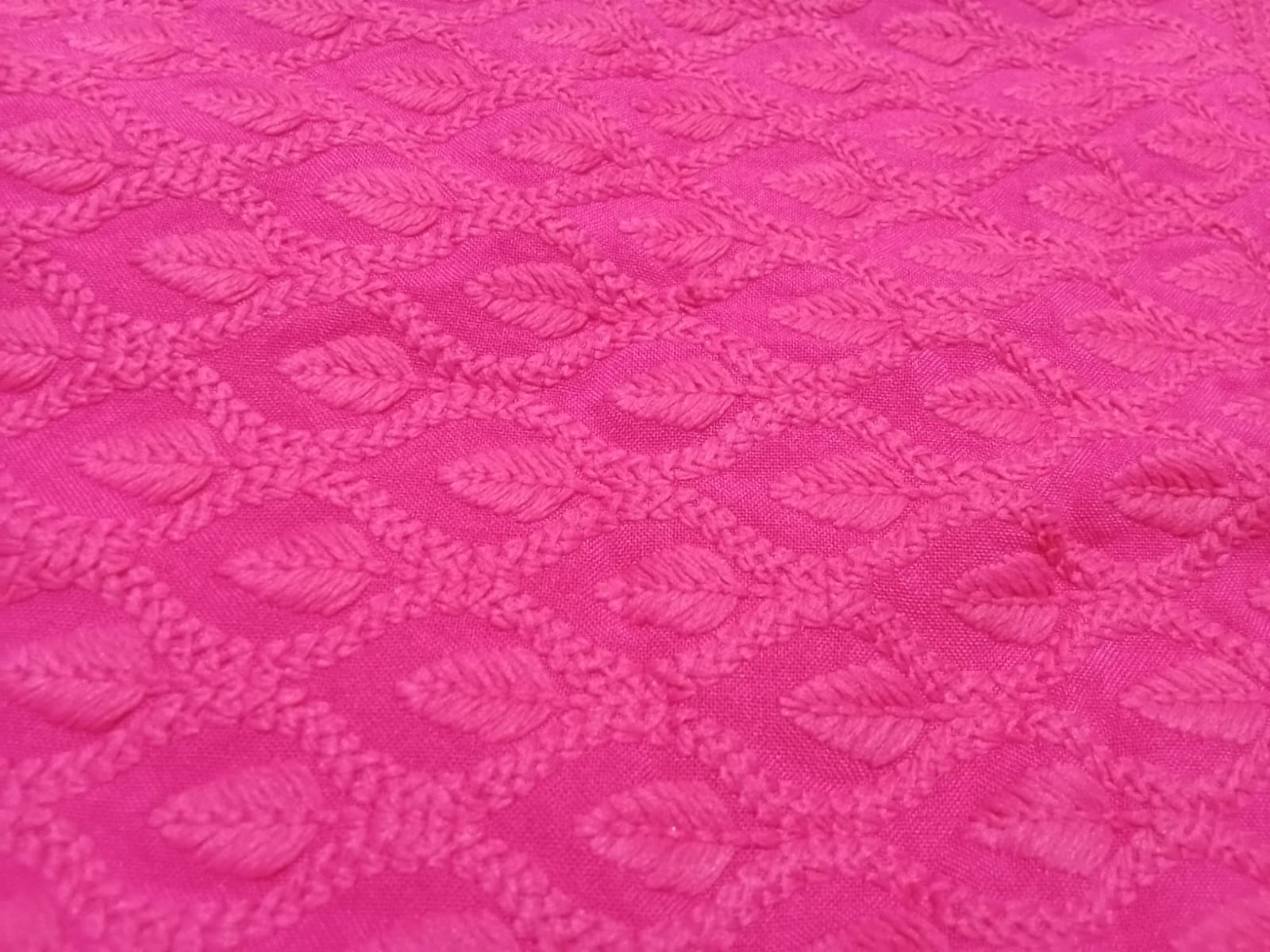
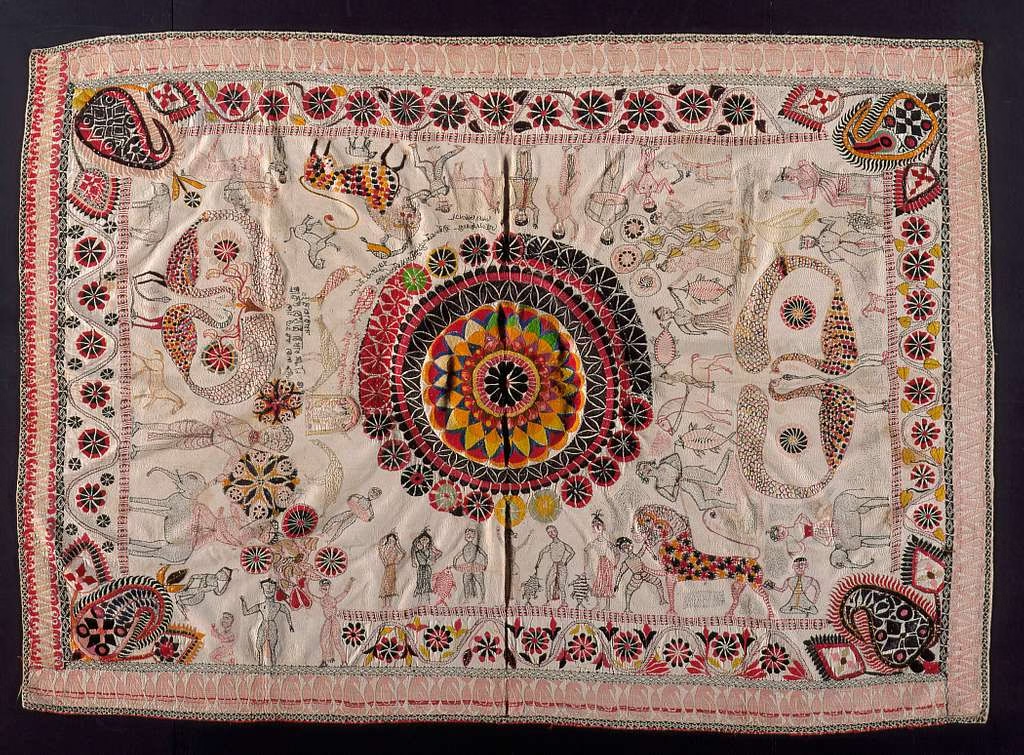
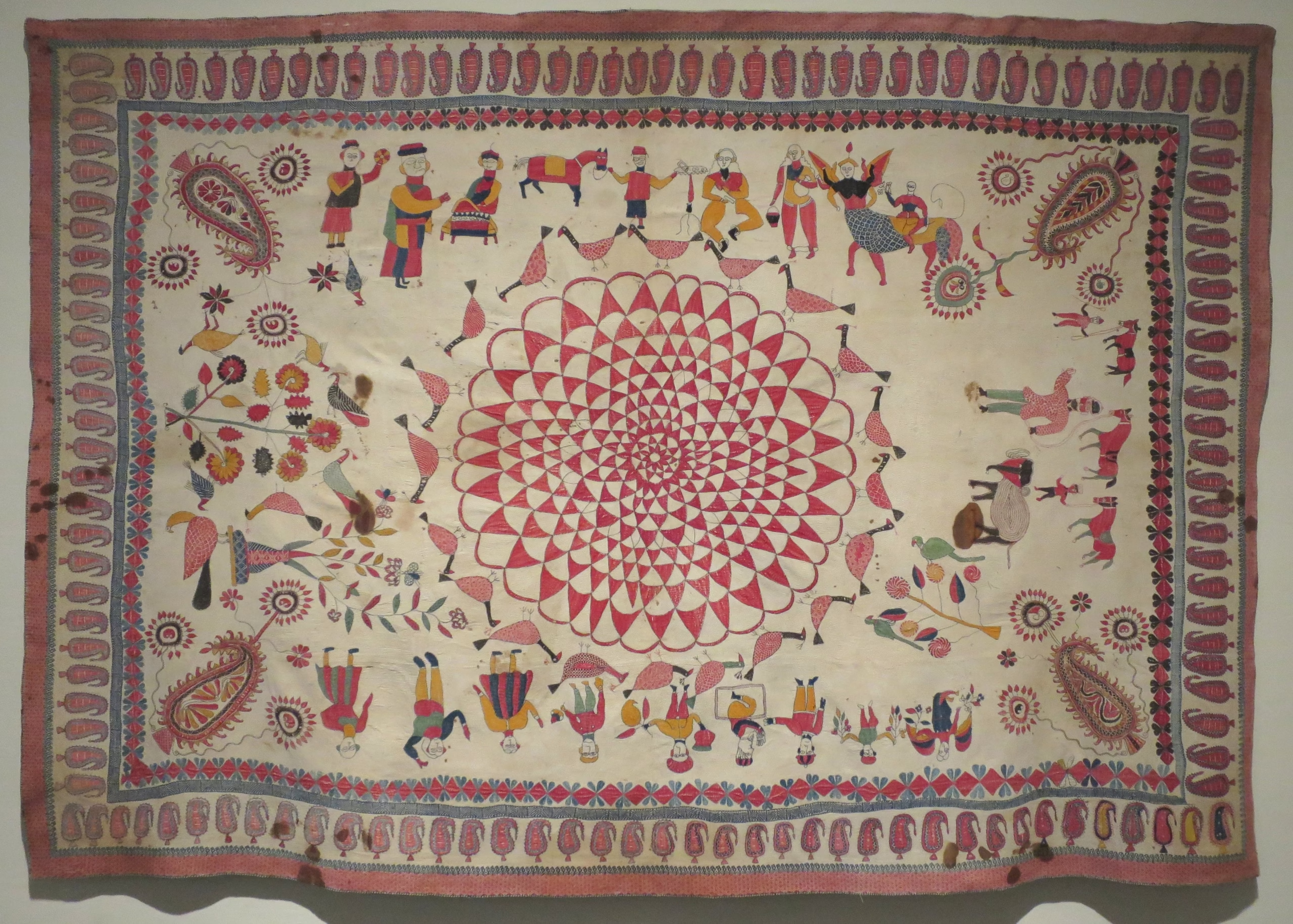
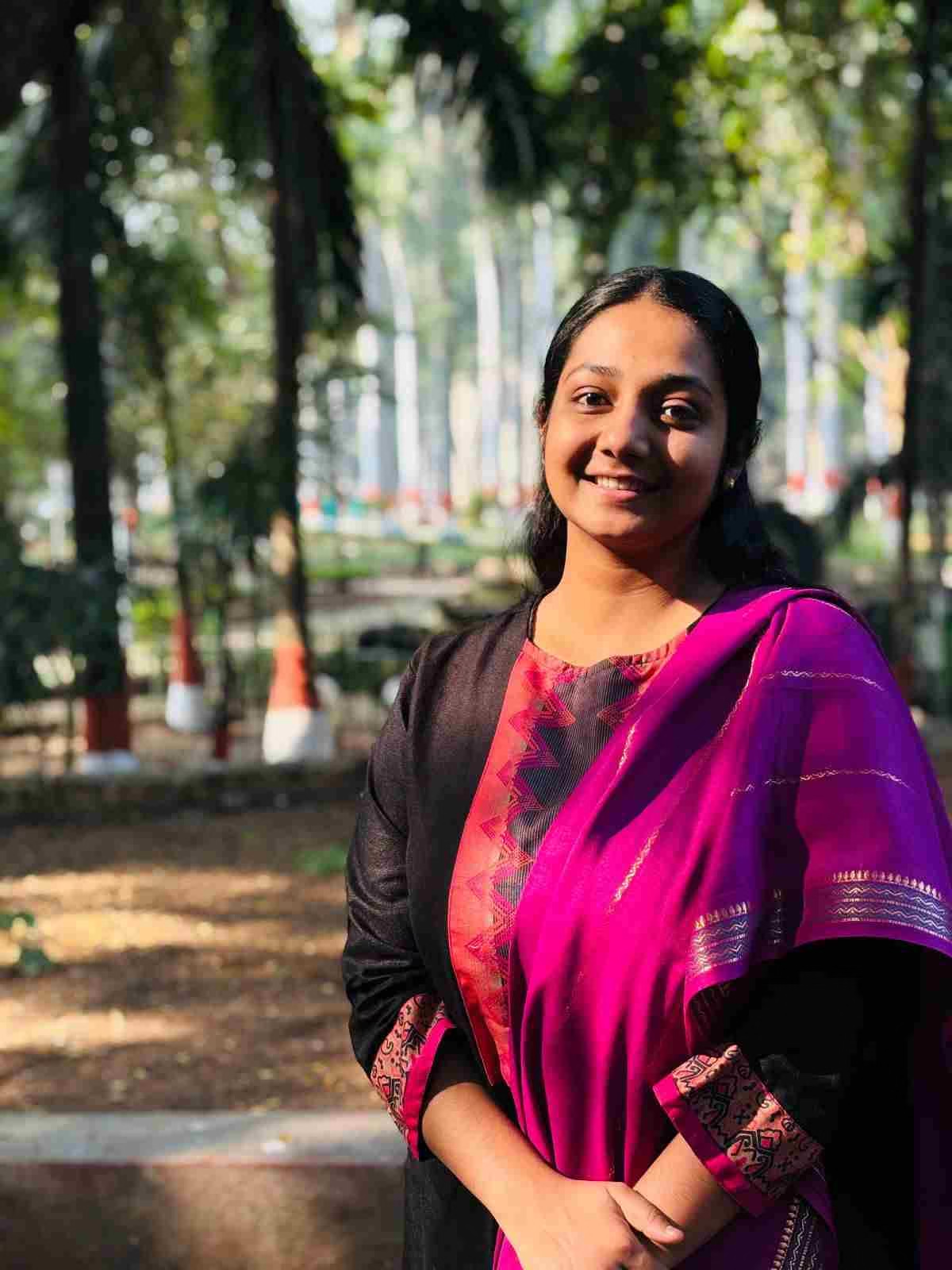
Leave a Reply